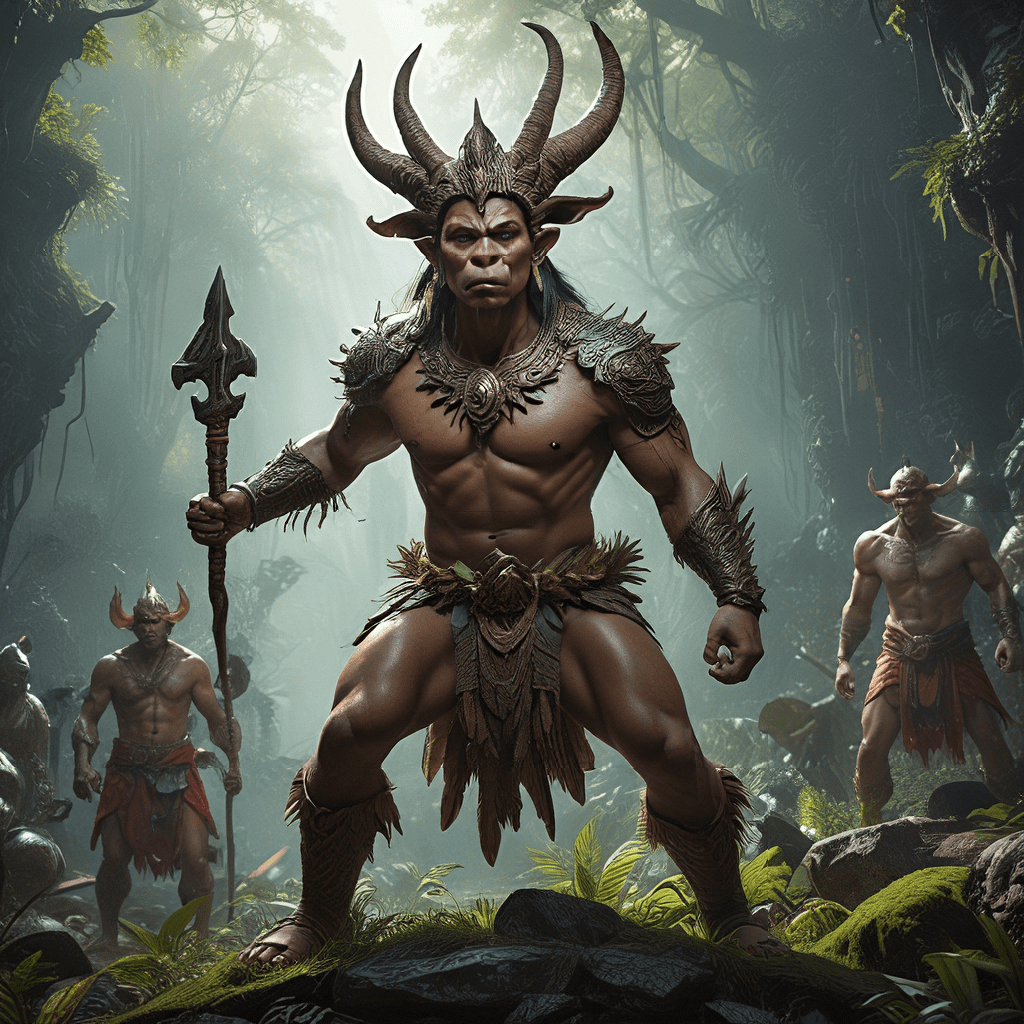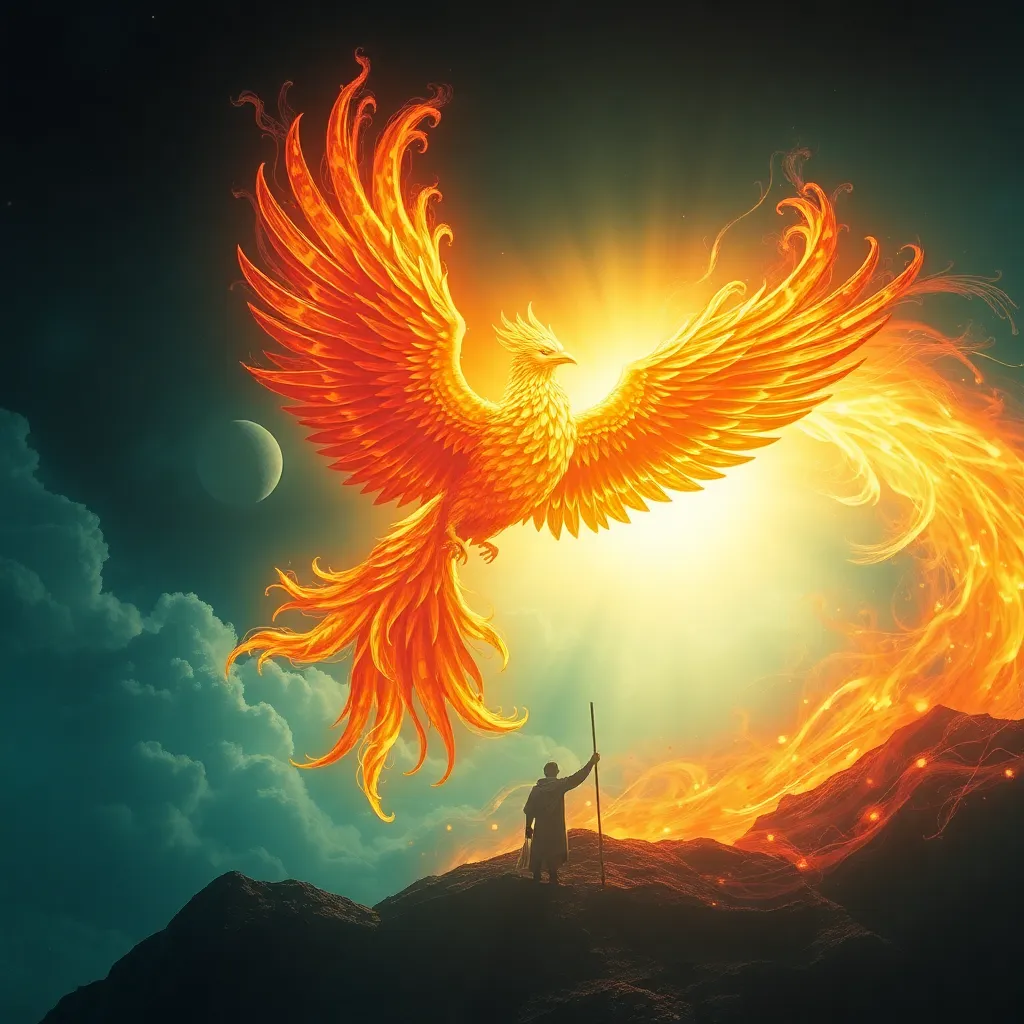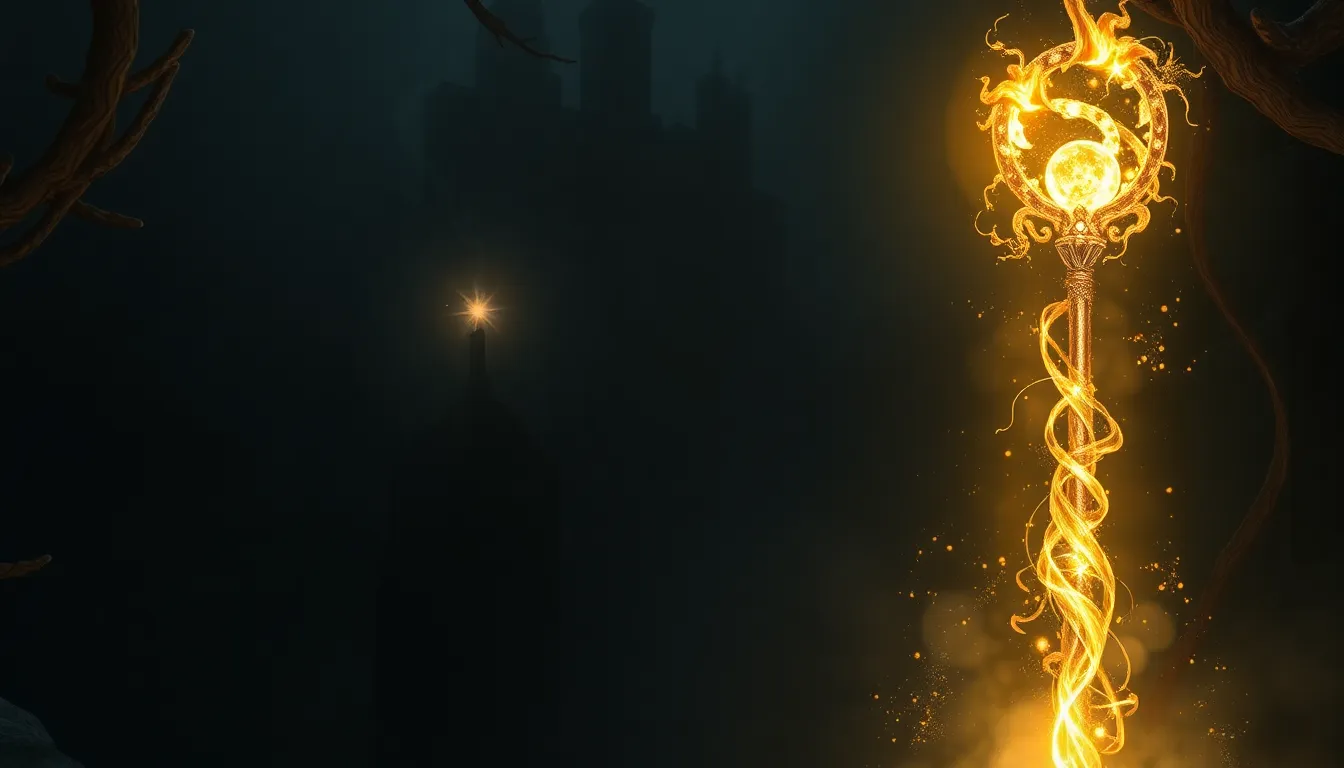Filipino Mythology: Creatures of the Underworld
The Underworld in Filipino Mythology
In the rich tapestry of Filipino mythology, the underworld, a realm shrouded in mystery and fear, holds a prominent place. This ethereal domain, known as "Kaluwalhatian", is not simply a place where the dead reside but a complex and multifaceted realm intertwined with the beliefs and practices of the Filipino people. It is a place of judgment, where the souls of the departed are weighed and sorted according to their deeds in life. The underworld acts as a reminder of the cyclical nature of life and death, an enduring theme woven through many Filipino myths and legends.
The Realm of the Dead: Kaluwalhatian
Kaluwalhatian, the Filipino underworld, is a realm often depicted as a mirror image of the human world. It is a place of both beauty and terror, reflecting the duality of life and death. Some believe it to be a vast and sprawling landscape, adorned with lush forests, shimmering rivers, and towering mountains. Others envision it as a dark and desolate expanse, filled with shadowy figures and eerie silences. The exact nature of Kaluwalhatian varies depending on the specific myth or legend.
Beyond its physical characteristics, Kaluwalhatian is a place where the souls of the departed find solace and meaning. It is a realm where the dead live on, albeit in a different form, and where they continue to influence the lives of the living. The underworld is also believed to be the home of various mythical creatures, both benevolent and malevolent, that play significant roles in Filipino folklore.
The Underworld as a Place of Judgment
The underworld in Filipino mythology is not simply a place of eternal rest but also a realm of judgment. It is believed that upon death, a person's soul is judged by a divine being or a council of spirits. This judgment is based on the person's actions and deeds during their life. Those who have lived a righteous life are rewarded with a place in paradise, while those who have committed wrongdoings are punished in the netherworld.
This concept of judgment and afterlife reinforces the importance of ethical conduct and moral responsibility in Filipino culture. It underscores the belief that one's actions in this life have consequences that extend beyond death. The fear of punishment in the underworld serves as a deterrent against wrongdoing, while the hope of paradise motivates individuals to lead virtuous lives.
Demigods and Guardians: The Enforcers of the Underworld
The underworld is not a realm without its guardians and rulers. In Filipino mythology, various demigods and spirits are tasked with maintaining order and enforcing the laws of the underworld. These beings, often possessing supernatural powers, act as judges, enforcers, and protectors of the realm.
One notable example is the mythical creature Sidapa, a powerful being who is often depicted as a giant serpent or dragon. Sidapa is said to guard the entrance to the underworld, preventing the living from entering and protecting the souls of the dead from harm. Other mythical creatures and deities also play important roles in maintaining order and balance in the underworld. Their presence underscores the intricate and interconnected nature of the mortal world and the realm of the dead.
The Fearsome Manananggal: The Vampire of the Underworld
The Manananggal, a creature of the underworld, is a source of both fear and fascination in Filipino folklore. This monstrous being, often depicted as a woman who can detach her upper torso and grow wings, is known for its blood-sucking habits. The Manananggal is said to hunt at night, preying on pregnant women and their unborn children.
The Manananggal embodies the primal fears associated with the darkness and the unknown. Its terrifying appearance and bloodthirsty nature make it a potent symbol of evil and danger in Filipino mythology. Its presence in the underworld highlights the belief that even in death, darkness and danger can still exist. The legend of the Manananggal serves as a cautionary tale, reminding people to be wary of the unseen dangers that lurk in the shadows.
The Aswang: Shapeshifting Creatures of the Underworld
The Aswang, a shapeshifting creature of the underworld, is a popular figure in Filipino folklore. It is known for its ability to take on various forms, including a dog, a pig, or even a beautiful woman. The Aswang is said to be particularly drawn to the flesh of the dead and to the unborn.
There are many different types of Aswang, each with its own unique abilities and characteristics. One type, known as the Manananggal, is the vampire-like creature mentioned earlier. Another type, called the Tikbalang, is a mischievous creature with the head of a horse and the body of a human. The Aswang is often depicted as a malevolent creature, preying on the weak and vulnerable. They are often associated with illness and death, and their presence is said to bring misfortune to those who encounter them.
The Aswang embodies the fear of the unknown and the belief that evil can take on many forms. They serve as a reminder of the dangers that lurk in the shadows, both in the physical world and in the realm of the dead. The legend of the Aswang is a powerful reminder of the importance of vigilance and caution, especially in the face of the unknown.
The Significance of the Underworld in Filipino Folklore and Culture
The underworld plays a significant role in Filipino folklore, shaping the beliefs, values, and practices of the Filipino people. It is woven into countless myths, legends, and stories, serving as a source of both inspiration and fear. The underworld serves as a reminder of the cyclical nature of life and death, a theme that is central to many Filipino cultural practices.
The fear of the underworld serves as a deterrent against wrongdoing, emphasizing the importance of ethical behavior and moral responsibility. The hope of paradise, on the other hand, motivates individuals to lead virtuous lives. The underworld also influences Filipino rituals and customs, such as funeral rites and ancestor worship. The belief that the dead continue to influence the living creates a strong sense of connection between the two worlds.
Theories on the Origins of the Underworld
The origins of the underworld concept in Filipino mythology are complex and multifaceted. Several theories have been proposed to explain its development, taking into account historical influences, cultural evolution, and the interplay of indigenous beliefs and external factors.
One theory suggests that the concept of the underworld originated from ancient animistic beliefs, where spirits and supernatural beings were believed to inhabit the natural world. These spirits were often associated with death and the afterlife, and their presence was acknowledged through various rituals and offerings.
Another theory suggests that the concept of the underworld was influenced by the spread of Hinduism and Buddhism in the Philippines. These religions introduced the idea of a realm of judgment and punishment for those who have committed wrongdoings.
It is likely that the concept of the underworld in Filipino mythology is a synthesis of these various influences, reflecting the complex history and cultural evolution of the Filipino people.
The Influence of Ancient Animistic Beliefs
The concept of the underworld in Filipino mythology is deeply rooted in ancient animistic beliefs. This belief system, prevalent in many indigenous cultures, holds that spirits and supernatural beings inhabit the natural world. These spirits were often associated with specific places, objects, or phenomena in nature.
In the context of the underworld, ancient animistic beliefs likely contributed to the idea of a realm where the spirits of the dead reside. The concept of ancestral spirits, who were believed to have a continuing influence on the living, is also an important element of animistic beliefs and plays a significant role in Filipino folklore and cultural practices.
The influence of ancient animistic beliefs can also be seen in the various mythical creatures that inhabit the underworld in Filipino mythology. These creatures often represent specific aspects of nature or embody primal fears and anxieties.
The legacy of these ancient beliefs continues to shape the Filipino worldview, influencing their understanding of death, the afterlife, and the relationship between the living and the deceased.
FAQ
Q: What is the name of the Filipino underworld?
A: The Filipino underworld is known as "Kaluwalhatian".
Q: What happens to people's souls after they die in Filipino mythology?
A: After death, a person's soul is judged based on their actions in life. Those who have lived a righteous life are rewarded with a place in paradise, while those who have committed wrongdoings are punished in the netherworld.
Q: What are some of the most famous creatures from the Filipino underworld?
A: Some of the most famous creatures from the Filipino underworld include the Manananggal, the Aswang, and the Tikbalang.
Q: Why is the underworld important in Filipino culture?
A: The underworld is important in Filipino culture because it plays a significant role in their beliefs and practices surrounding death, the afterlife, and the relationship between the living and the dead. It also influences Filipino rituals and customs, such as funeral rites and ancestor worship.
Q: How did the underworld concept develop in Filipino mythology?
A: The concept of the underworld in Filipino mythology is likely a combination of ancient animistic beliefs, influences from Hinduism and Buddhism, and the interplay of indigenous beliefs with external factors over time.



